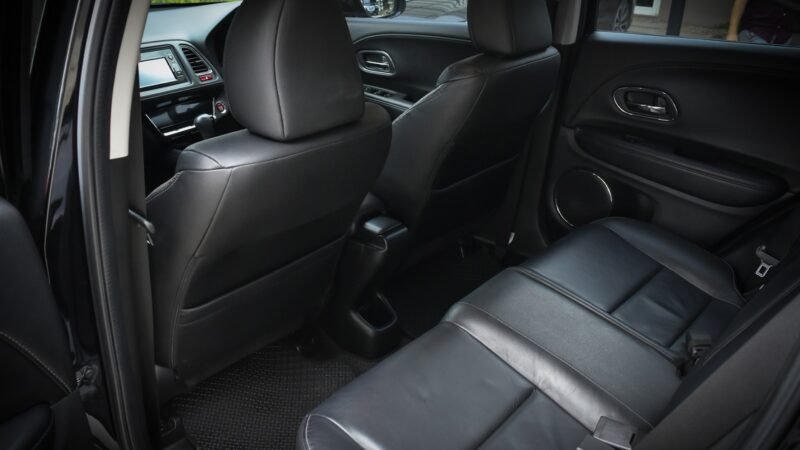How to choose the right tires for safety, performance, and comfort
Your tires are the only part of your car that actually touches the road. Yet many drivers treat tire selection as an afterthought, grabbing whatever’s cheapest or most convenient. This approach can cost you more money in the long run and compromise your safety on the road.
Choosing the right tires for your lifestyle isn’t just about finding the correct size. Your driving habits, local weather conditions, and budget all play crucial roles in determining which tires will serve you best.
Understanding Your Driving Patterns
Before you start shopping, take an honest look at how you actually use your vehicle. Do you primarily drive short distances around town, or do you rack up highway miles during long commutes? Are you an aggressive driver who enjoys taking corners quickly, or do you prefer a smooth, comfortable ride?
To determine your driving needs, first consider where you drive. Comparing tires for city and rural driving is an important component of deciding what your car needs. If you’re looking for enhanced performance, get tires that can handle higher speeds and provide excellent cornering grip. These tires typically have wider contact patches and softer compounds, though they may wear faster than standard options.
Weather and Climate Considerations
Your local climate significantly impacts which tires will work best. All-season tires work well in moderate climates, but they’re not ideal for extreme conditions.
Summer tires perform best in warm, dry conditions. They use softer rubber compounds that provide excellent grip on both dry and wet roads when temperatures stay above 45°F. However, they become dangerously hard and lose traction in cold weather.
Winter tires are essential if you regularly encounter snow, ice, or temperatures below 45°F. Their special rubber compounds stay flexible in cold weather, and their aggressive tread patterns bite into snow and slush. Don’t assume all-wheel drive eliminates the need for winter tires—it helps you accelerate, but you still need proper tires to stop and steer effectively.
All-season tires offer a compromise for drivers who face mild winters but don’t want the hassle of switching tire sets. Modern all-season tires have improved significantly and can handle light snow, though they won’t match the performance of dedicated winter tires in harsh conditions.
Making the Final Decision
Once you’ve narrowed down your options, read reviews from other drivers who share your driving patterns and priorities. Professional tire tests can provide valuable insights into how different tires perform in various conditions.
Consider buying tires in sets of four rather than replacing just two. This ensures even wear patterns and optimal performance. If budget constraints force you to replace only two tires, put the new ones on the rear axle regardless of whether your car is front- or rear-wheel drive. This configuration provides better stability if you lose traction.
Drive Confidently with the Right Choice
Selecting the right tires doesn’t have to be overwhelming. Take time to research your options and don’t rush the decision. Quality tires are an investment in your safety, comfort, and wallet. When you find the right match for your lifestyle, you’ll notice the difference every time you drive.




